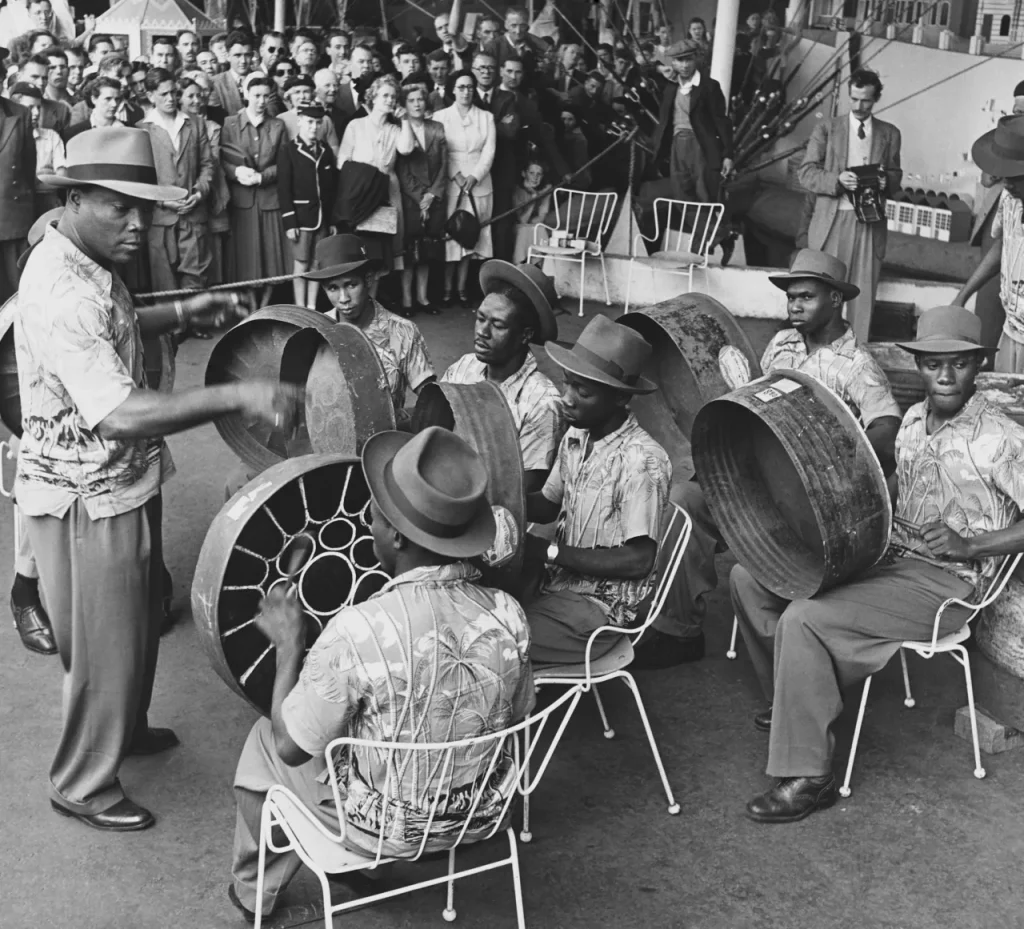
Although Igbo women in Nigeria come from diverse socioeconomic and educational backgrounds, they share common experiences regarding how their gender is socially classified. In many cases, they face a pervasive sense of powerlessness rooted in gender inequality, alongside widespread marginalizing and discriminatory practices that have become entrenched in Alaigbo, southeastern Nigeria. This marginalization persists despite the adoption of the Convention on the Elimination of All Forms of Discrimination Against Women in 1979, a treaty ratified by all West African states, including Nigeria. More than four decades later, Igbo women still endure discrimination, largely due to the government’s hesitation to fully implement and enforce this international commitment.
Before Nigeria’s colonization, Igbo and other African women enjoyed greater control over their lives, wielding fundamental power within daily routines and family structures. Although the Igbo sociopolitical system was predominantly male and kinship-based, it remained flexible enough to offer many women leadership roles. This was made possible by the dual-sex political system in Igbo society, where women’s organizations operated as parallel authority structures alongside men’s, reflecting a balance of power and complementarity between the genders. In precolonial Nigeria, women’s musical performances not only expressed their social status but also celebrated this gender partnership. However, British colonial rule and missionary activities severely undermined and dismantled the traditional autonomy and influence of women. Igbo musical traditions, however, have maintained a vital role in expressing gender relations, often intertwined with religious significance.

Igbo music is fundamentally about promoting the lasting well-being of individuals and communities. This principle influences how musical performances and groups are formed, a tradition that continues to thrive today. For example, Felicia Ezeugwu, a leader of her group, explained that the Chikwado women’s ensemble of Amodo was founded in Nsukka due to concerns about public sanitation. After their weekly village cleaning sessions, the Amodo women would make music for their own entertainment, which eventually developed into a formal music and dance group. In this way, women’s musical activities serve as a powerful way to express and fulfill the social, religious, political, and cultural duties that maintain the community.
This according to “Depiction and empowerment of women in Indigenous Igbo music” by Ijeoma Iruka Forchu (Ethnomusicology 67/1 [winter 2023] 45–71; RILM Abstracts of Music Literature, 2023-9947).




